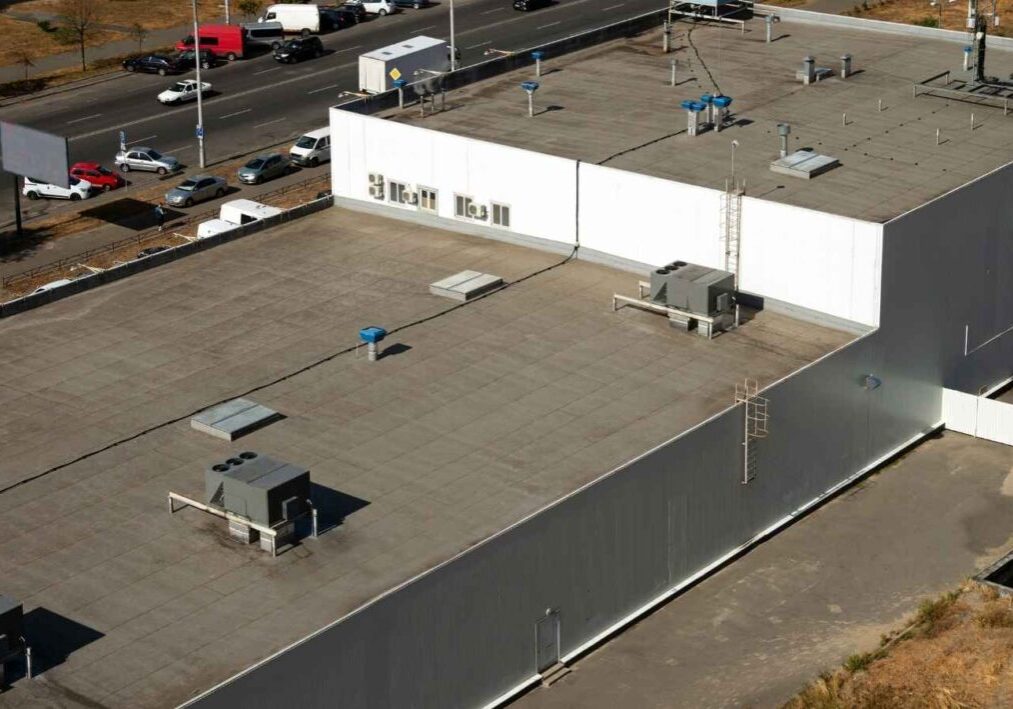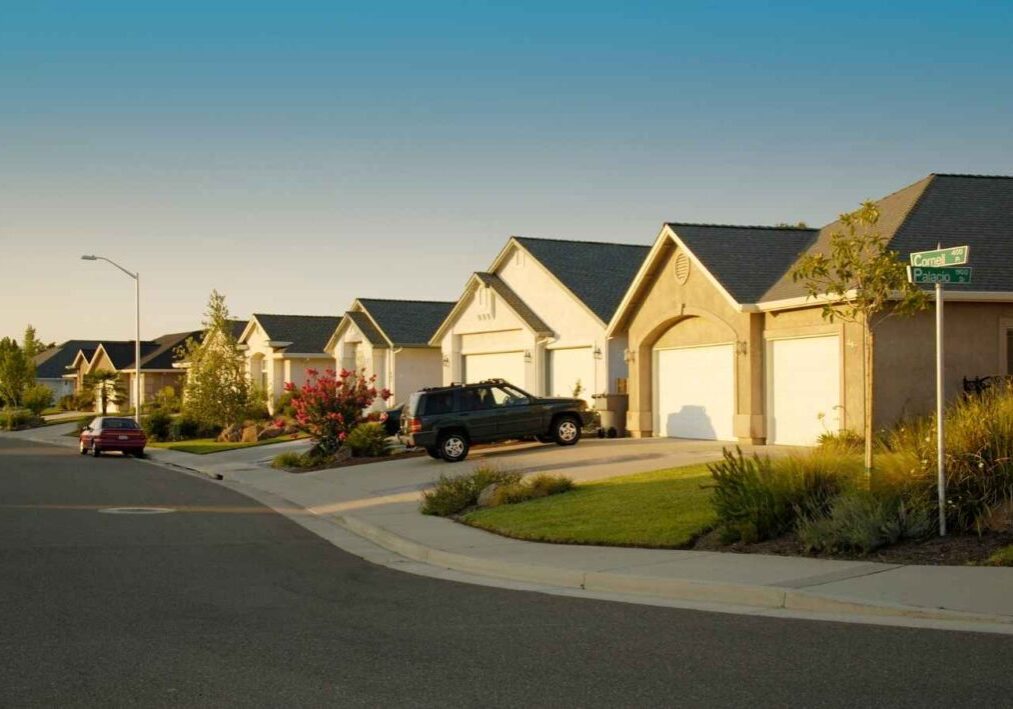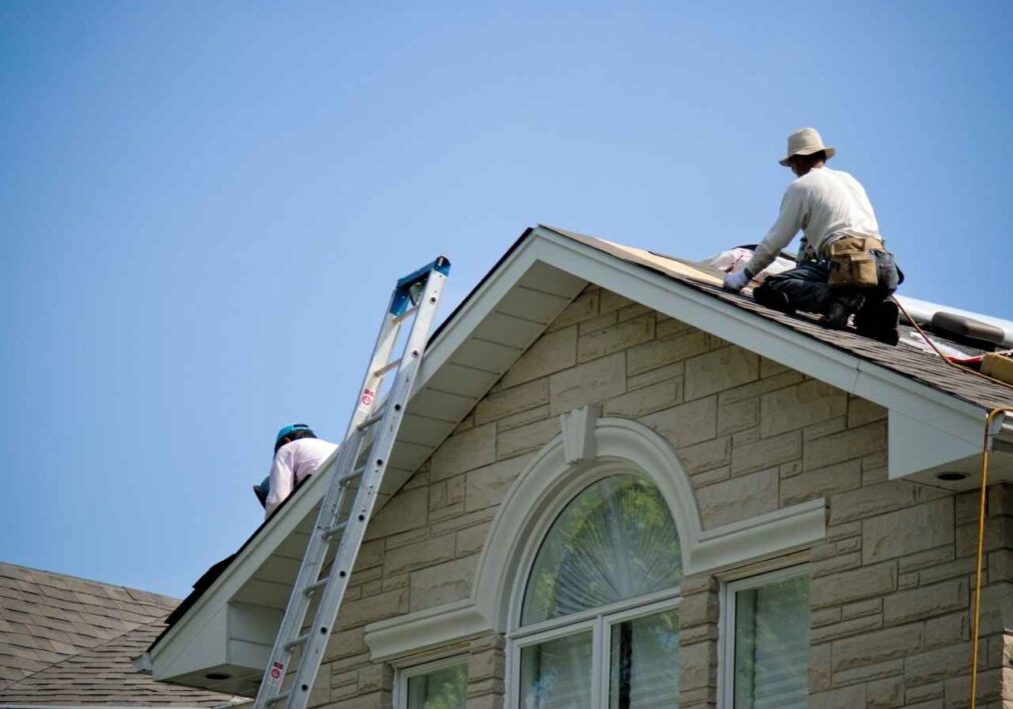Introduction
As concerns about environmental sustainability continue to grow, homeowners are increasingly turning to eco-friendly roofing materials to reduce their carbon footprint and promote a greener future. In this comprehensive guide, we’ll explore a variety of sustainable roofing options that not only enhance the energy efficiency and durability of homes but also contribute to environmental conservation efforts. Whether you’re considering a roof replacement or building a new eco-friendly home, understanding the benefits of sustainable roofing materials is essential for making informed decisions that align with your environmental values.
The Rise of Sustainable Roofing Materials
1. Understanding Sustainability in Roofing
- Definition: Sustainable roofing materials are those that minimize environmental impact throughout their lifecycle, from production to disposal. These materials are typically made from renewable resources, are energy-efficient, and have a long lifespan. Additionally, sustainable roofing can also contribute to improved indoor air quality and reduced energy consumption.
- Criteria: Key factors in assessing the sustainability of roofing materials include durability, energy efficiency, recyclability, and renewable resources. It is important to consider the overall environmental impact of a roofing material, as well as its ability to withstand harsh weather conditions and require minimal maintenance. By choosing sustainable roofing materials, individuals can reduce their carbon footprint and contribute to a more environmentally friendly building industry.
2. Growing Demand for Eco-Friendly Solutions
- Consumer Awareness: Increasing awareness of environmental issues has led to a growing demand for sustainable building practices, including eco-friendly roofing materials. As people become more informed about the impact of traditional construction methods on the environment, they are seeking out alternatives that minimize their carbon footprint. This shift in consumer preferences is driving the market for eco-friendly roofing solutions to meet the demand for more sustainable options in construction.
- Regulatory Support: Government incentives and regulations promoting sustainable construction practices have further fueled the adoption of green roofing solutions. For example, tax credits for using eco-friendly materials or requirements for LEED certification in new construction projects are encouraging builders to prioritize sustainability. Additionally, as more cities and states implement green building codes, the market for eco-friendly roofing materials is expected to continue growing.
Sustainable Roofing Options for Eco-Friendly Homes
1. Metal Roofing
Opting for Metal Roofing is a favored decision for environmentally sensitive households owing to its resilience and its recyclability factor. There’s an added advantage of it deflecting sunlight and heat, which in turn lowers energy expenses – making it a green pick for those homeowners who are well aware of their environmental footprint. The benefits that metal roofing bestow are elaborated on further in the text:
- Durability: Metal roofs have a long lifespan, often lasting 50 years or more, reducing the need for frequent replacements. In addition to their longevity, metal roofs are also highly resistant to extreme weather conditions, such as heavy rain, snow, and high winds. This durability makes them a cost-effective and low-maintenance roofing option for homeowners. Metal roofs are also resistant to fire, mildew, and rot, further enhancing their durability. This makes them a reliable choice for protecting homes in various climates and environments.
- Energy Efficiency: Reflective coatings minimize heat absorption, reducing cooling costs in hot climates and improving overall energy efficiency. For example, metal roofing with a high solar reflectance index (SRI) can help reduce energy consumption by reflecting sunlight and reducing the need for air conditioning in buildings. They are also efficient in reducing heat transfer, helping to maintain a more consistent indoor temperature year-round.
- Recyclability: Metal roofing materials are highly recyclable at the end of their lifespan, making them a sustainable choice. Metal roofing materials can be recycled into new products, reducing the demand for raw materials and minimizing waste. This eco-friendly feature makes metal roofing a popular option for environmentally-conscious consumers. Additionally, the recycling process for metal roofing materials requires less energy compared to producing new materials, further reducing its environmental impact. The durability of metal roofing also ensures a longer lifespan, decreasing the frequency of replacements and overall waste generation.
2. Solar Roofing
Solar roofing is a widely embraced selection for homes aiming for sustainable living, since it taps into solar energy to yield electricity. Adding to this, the introduction of green roofs as another eco-friendly alternative can aid in curbing energy expenses and enhancing the air quality. The benefits attributable to solar roofing are explained in depth in the following sections:
- Renewable Energy: Solar panels integrated into roofing materials harness sunlight to generate clean, renewable energy for the home. This innovative technology not only reduces electricity bills but also helps decrease carbon emissions, making it an environmentally friendly choice for homeowners. Additionally, solar roofing can increase the value of a property and provide a more sustainable energy source for years to come.
- Energy Savings: Solar roofing systems can significantly reduce utility bills by offsetting electricity usage with solar power generation. These systems are designed to harness the sun’s energy and convert it into electricity, providing a sustainable and cost-effective alternative to traditional energy sources. Additionally, many solar roofing systems come with tax incentives and rebates that can further reduce the overall cost of installation.
- Environmental Benefits: By reducing reliance on fossil fuels, solar roofing contributes to lower greenhouse gas emissions and mitigates climate change. Additionally, solar roofing helps to reduce air and water pollution caused by traditional energy sources. This technology also helps to conserve natural resources by harnessing the power of the sun. Overall, solar roofing is a sustainable and eco-friendly alternative that promotes a cleaner and healthier environment for future generations. It also helps to create a more resilient energy grid by decentralizing power production.
3. Recycled or Sustainable Shingles
Recycled shingles are made from materials like rubber, plastic, or wood fibres that have been diverted from landfills. Sustainable shingles are typically made from renewable resources like bamboo or cedar, providing a long-lasting and environmentally friendly roofing option for eco-conscious homeowners.The advantages of solar roofing are described in detail below:
- Recycled Content: Shingles made from recycled materials, such as recycled asphalt or rubber, divert waste from landfills and conserve natural resources. These reycled content shingles also often have a longer lifespan than traditional shingles, making them a more sustainable choice for roofing materials. Additionally, the manufacturing process of recycled content shingles typically requires less energy and emits fewer greenhouse gases compared to traditional shingles. This makes them a more environmentally friendly option for homeowners looking to reduce their carbon footprint.
- Sustainable Sourcing: Some shingle manufacturers prioritize sustainable sourcing practices, using materials like wood from responsibly managed forests or clay from local sources. These practices help reduce the environmental impact of shingle production and support the conservation of natural resources. Additionally, some manufacturers offer shingles made from recycled materials, such as plastic or rubber, further reducing the need for new resources. By choosing sustainable or recycled shingles, homeowners can contribute to a more eco-friendly construction industry.
- Energy Efficiency: Energy-efficient shingles with reflective coatings reduce heat absorption, lowering cooling costs and enhancing indoor comfort. Recycled shingles are made from materials like rubber or plastic, reducing the amount of waste in landfills and conserving natural resources. Sustainable shingles are often made from renewable materials like wood or metal, further reducing environmental impact. Overall, choosing energy-efficient, recycled, or sustainable shingles for your roofing needs can not only save you money on energy bills but also contribute to a more eco-friendly and sustainable future. It’s a win-win for both your wallet and the environment.
Choosing the Right Sustainable Roofing Material
1. Consider Environmental Impact
- Lifecycle Assessment: Evaluate the environmental impact of roofing materials based on factors such as resource extraction, manufacturing processes, and disposal methods.
- Long-Term Benefits: Look for materials that offer durability, energy efficiency, and recyclability to maximize environmental benefits over the roof’s lifespan.
2. Assess Regional Climate and Conditions
- Climate Considerations: Choose roofing materials that are well-suited to the local climate, providing optimal performance and energy efficiency year-round.
- Weather Resistance: Ensure that the selected roofing material can withstand the specific weather conditions prevalent in the region, such as wind, rain, snow, or extreme temperatures.
Conclusion: Building a Sustainable Future with Eco-Friendly Roofing
In conclusion, sustainable roofing materials offer an eco-friendly solution for homeowners seeking to reduce their environmental impact and promote energy efficiency in their homes. From metal roofing and solar panels to recycled shingles and sustainable materials, there are numerous options available to suit different aesthetic preferences and budget considerations. By choosing sustainable roofing materials, homeowners can not only enjoy long-lasting durability and energy savings but also contribute to environmental conservation efforts and create a greener, more sustainable future for generations to come.
Share this post:



